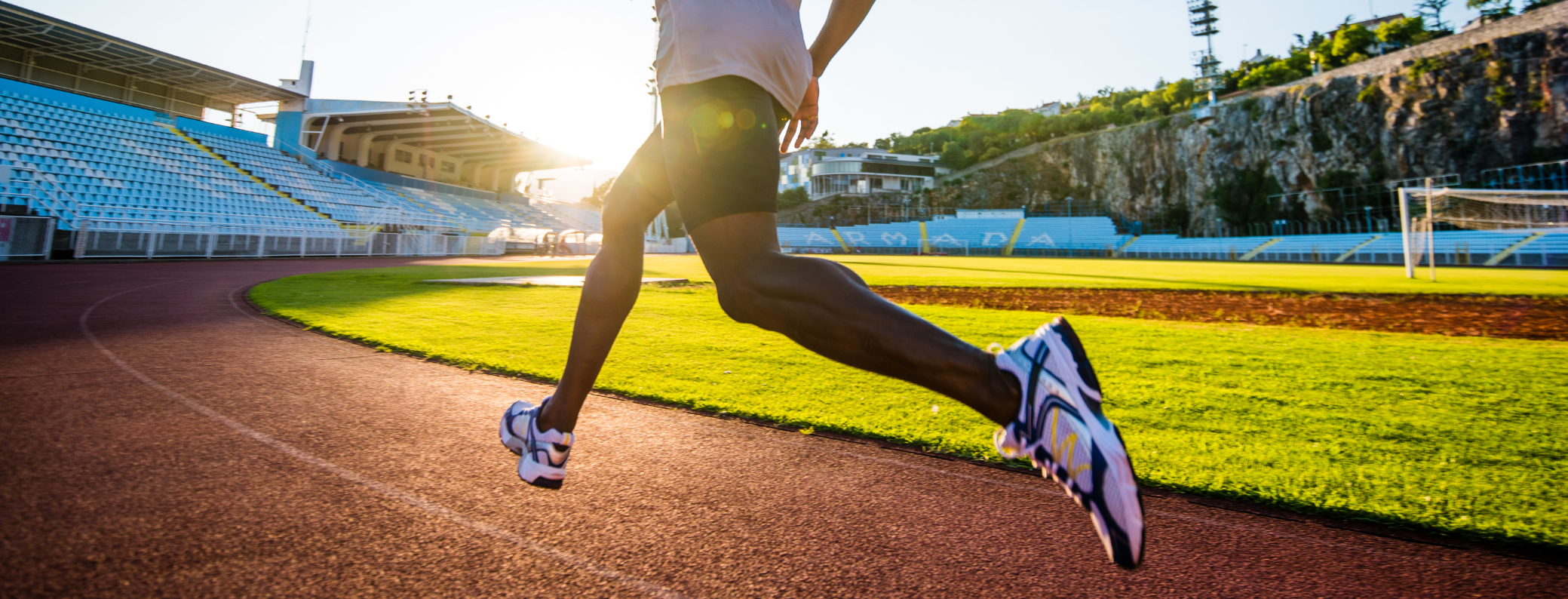

Running Training
Running has numerous benefits, and since running requires no extra equipment, it is a popular
aerobic exercise for many.
The number of people participating in road races has also increased in recent years.
However, with the popularity of running,
the number of injuries has also risen. A common injury is runner’s knee, which includes:
1. Pain in the surrounding ligaments
2. Pain from patellar cartilage wear
3. Pain due to muscle imbalance
Whether it's outdoor running or on a treadmill, the lack of proper gait analysis increases
the risk of injury and makes it difficult to adjust training plans.
The smart running training system utilizes data-driven gait analysis to help understand
consumer patterns, such as time, duration,
intensity, and posture during running. Trainers and sports management centers can then offer
users more precise training plans and health enhancement programs.
Additionally, the system provides various virtual running experiences, including 3D,
augmented reality, and floating windows,
allowing users to explore different running routes or enjoy entertainment while training,
making workouts more enjoyable.
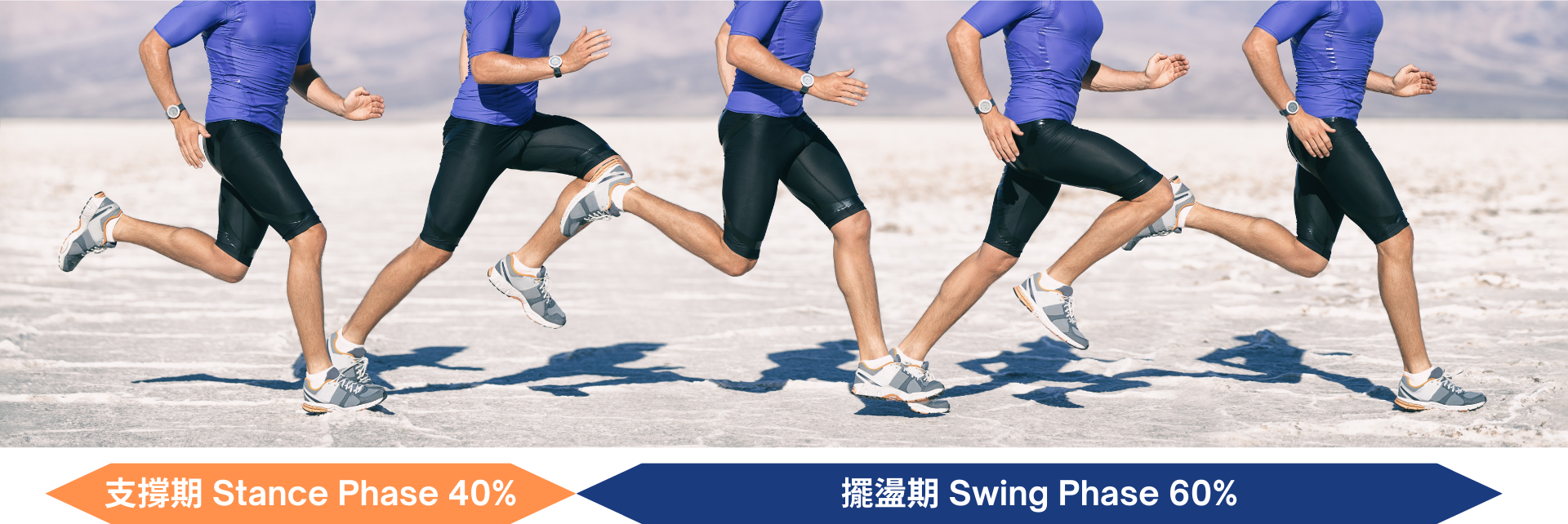
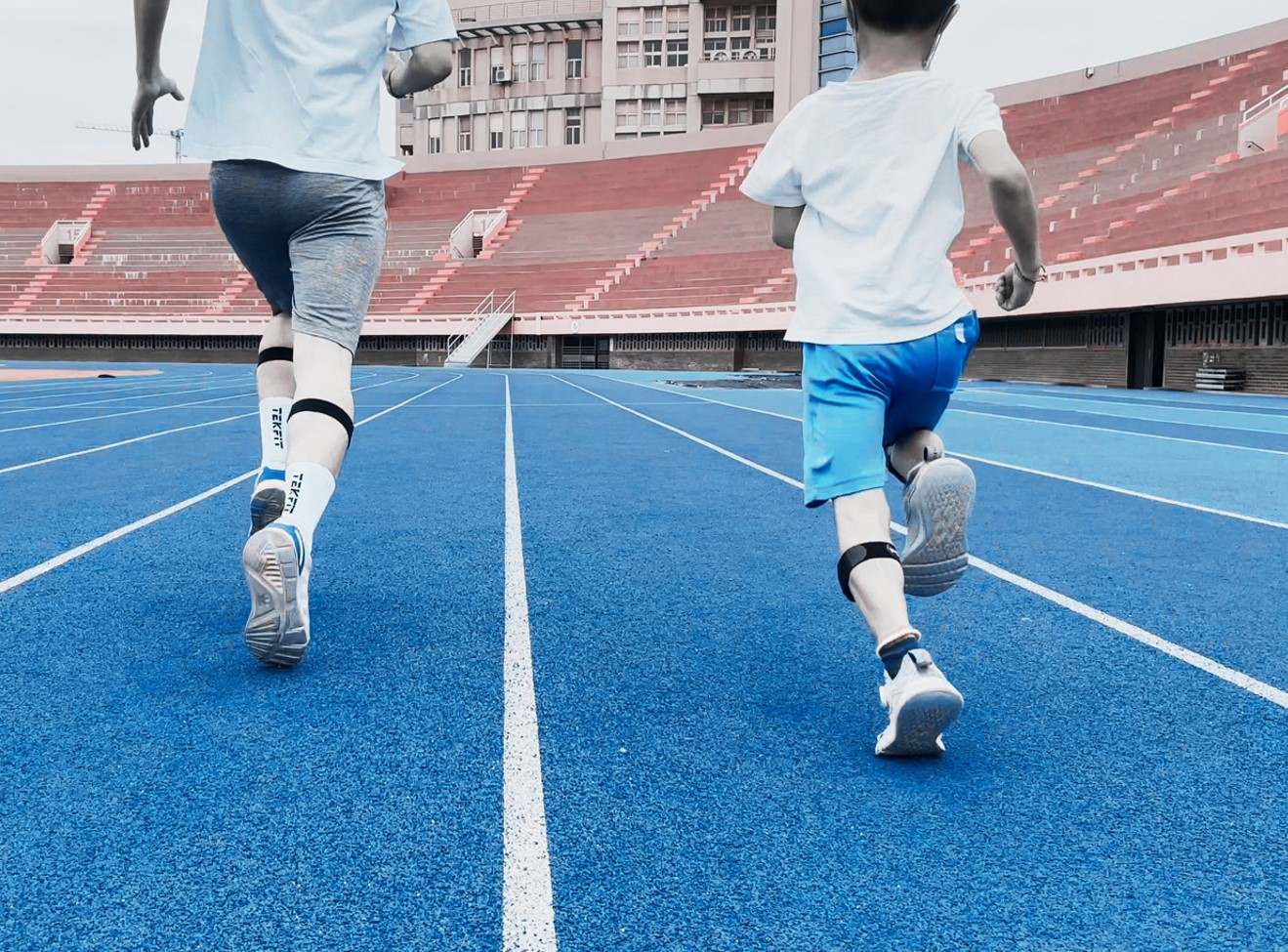
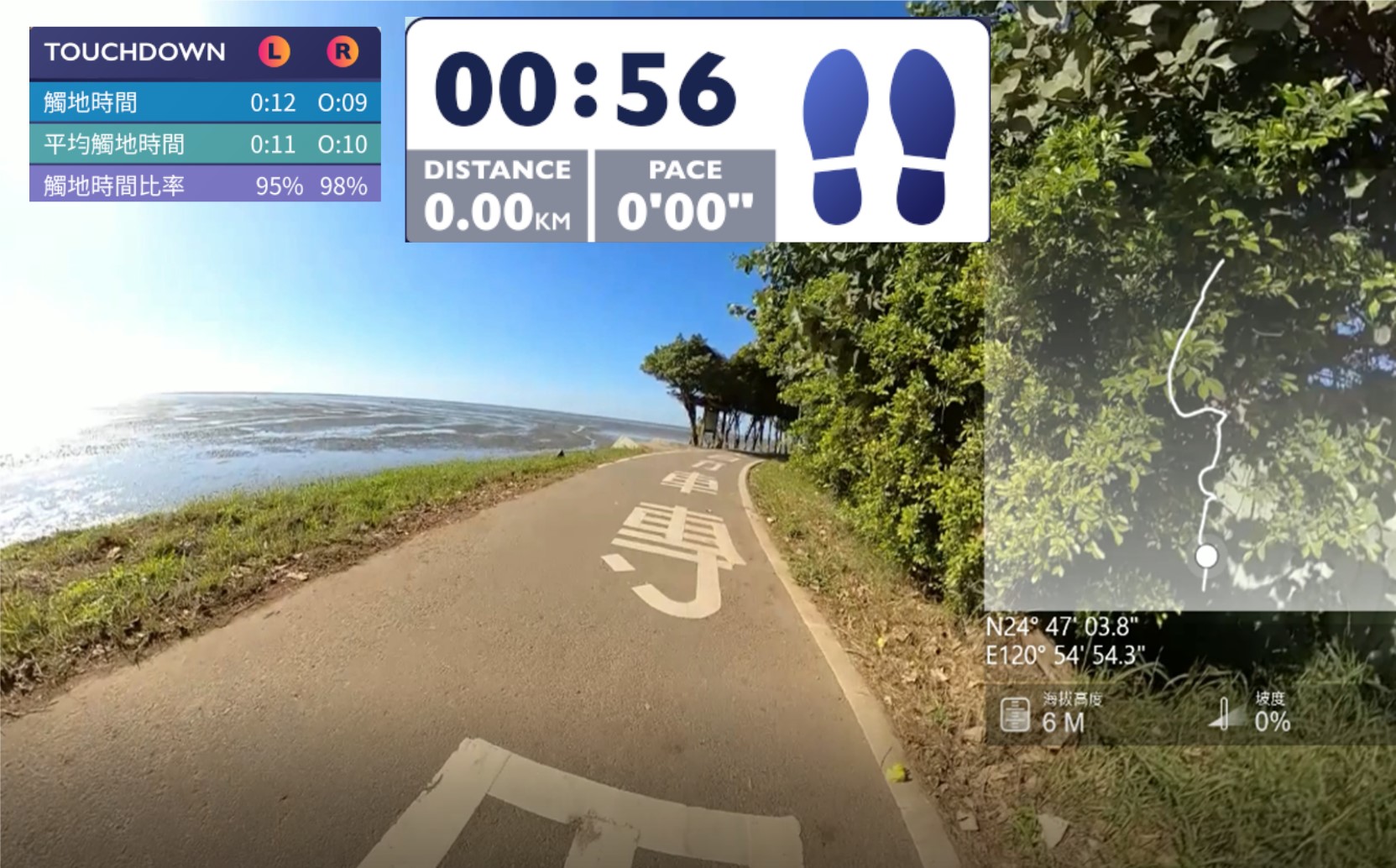
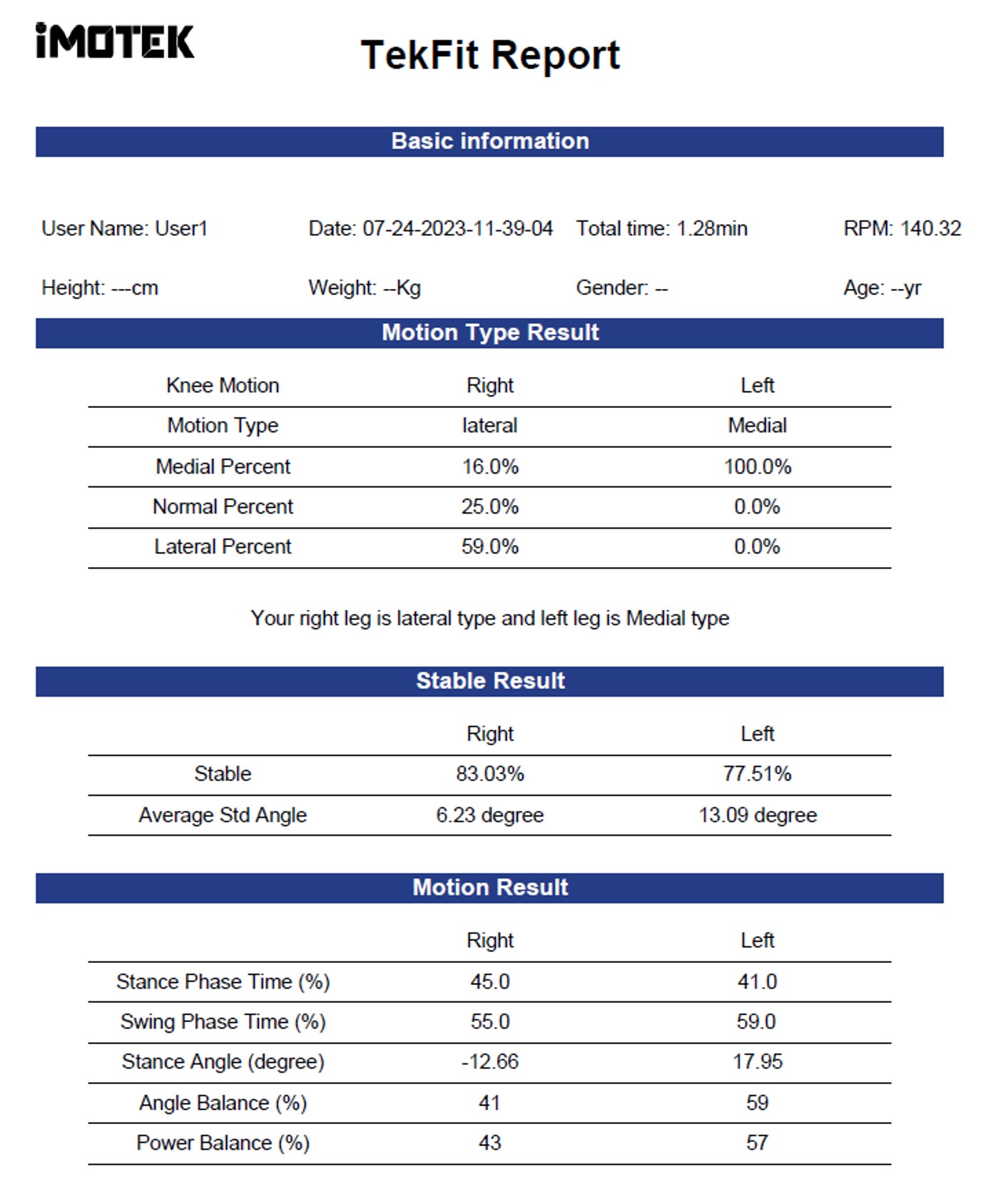
Every movement in running involves single-leg support, making stability crucial for runners.
Stability directly affects both the power of each step and the risk of injury.
For long-distance runners, the symmetry of lower limb movements is closely related to the
incidence of injuries.
Runners with a history of lower limb injuries tend to exhibit poorer symmetry during
running. For example,
after a stress fracture, the injured leg often experiences higher impact loading rates and
longer stance phase times during ground contact,
leading to reduced symmetry in these mechanical and spatiotemporal parameters between the
injured and healthy legs.
In addition to injury history, symmetry also varies among runners of different skill levels,
and the trend in symmetry changes differently depending on the running speed for runners at
various levels.

>> 70*(55%-45%)*180*60=75,600 kg
>> 75,600*(365/7*3)=11,826 tons
The user wears motion sensors on the calves of both feet, with a treadmill training platform, and uses the [TEKFIT] interactive training software.

DC 5V 230mA
20mA
2.4 GHz ISM Band Operation
10 m(Indoor)
9 DoF
230mAh
45 minutes
10 hours
W56.8 x D48 x H16.5 mm
24 g
DC5V 40mA
2.4 GHz ISM Band Operation
10 m(Indoor)
W46.6 x D28.5 x H10.2 mm
8 g
Windows 7
Intel Core i3 or AMD Ryzen 3
4 GB
1 GB
1920x1080
USB Port*2